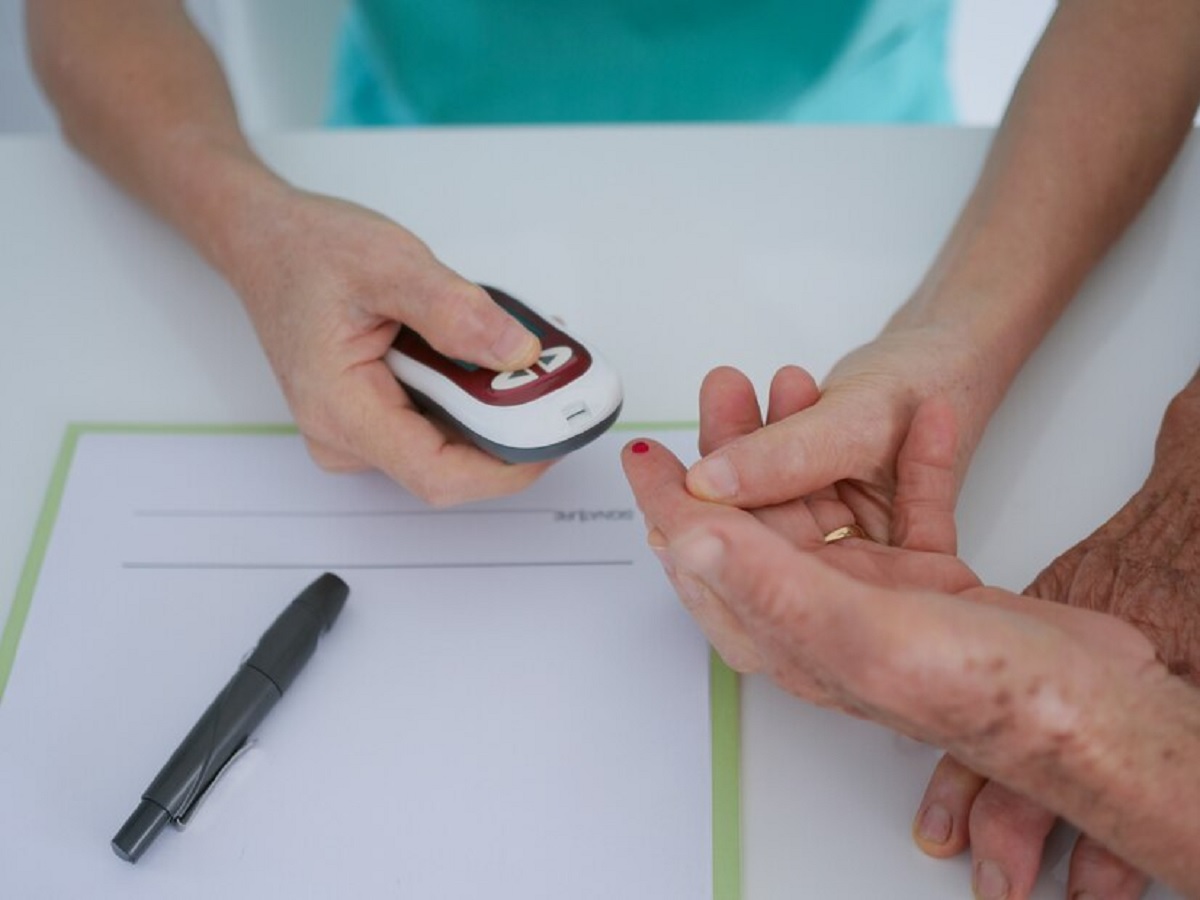
Osteoporosis Tests
As with most diseases, early detection and intervention is crucial for better treatment outcomes for osteoporosis. However, the current osteoporosis diagnostic tests, including dual-energy X-ray absorptiometry, are not sensitive enough to detect one mineral density (BMD) loss until a significant amount of damage has already occurred.
Here’s the good news! Researchers have developed a biosensor that could identify people who are at higher risk of developing osteoporosis using a finger-prick blood sample.
The portable device can detect osteoporosis-associated genetic variations or single nucleotide polymorphisms (SNPs) in finger-prick blood samples. The test can be performed quickly with 15 minutes and is inexpensive (< $0.5 per SNP).
Reporting their study results in ACS Central Science, the researchers noted that the device does not diagnose osteoporosis itself, but it might help physicians identify those most at risk for osteoporosis so that they can be monitored more closely.
READ RELATED: 5 Restaurant Chains That Are Losing Customers This Year
window.addEventListener(‘load’, (event) => {
$(‘#commentbtn’).on(“click”,function(){
(function(d, s, id) { var js, fjs = d.getElementsByTagName(s)[0]; if (d.getElementById(id)) return; js = d.createElement(s); js.id = id; js.src = “//connect.facebook.net/en_US/sdk.js#xfbml=1&version=v2.3”; fjs.parentNode.insertBefore(js, fjs);}(document, ‘script’, ‘facebook-jssdk’));
$(“.cmntbox”).toggle();
});
});








